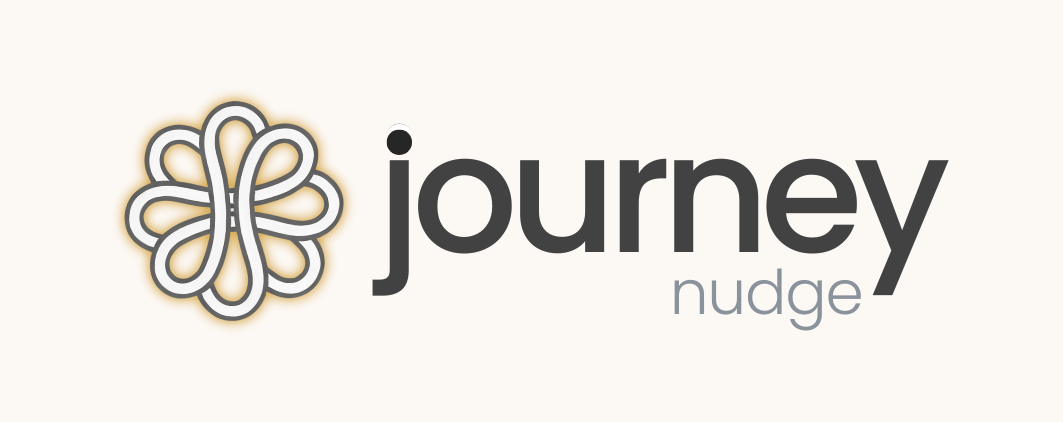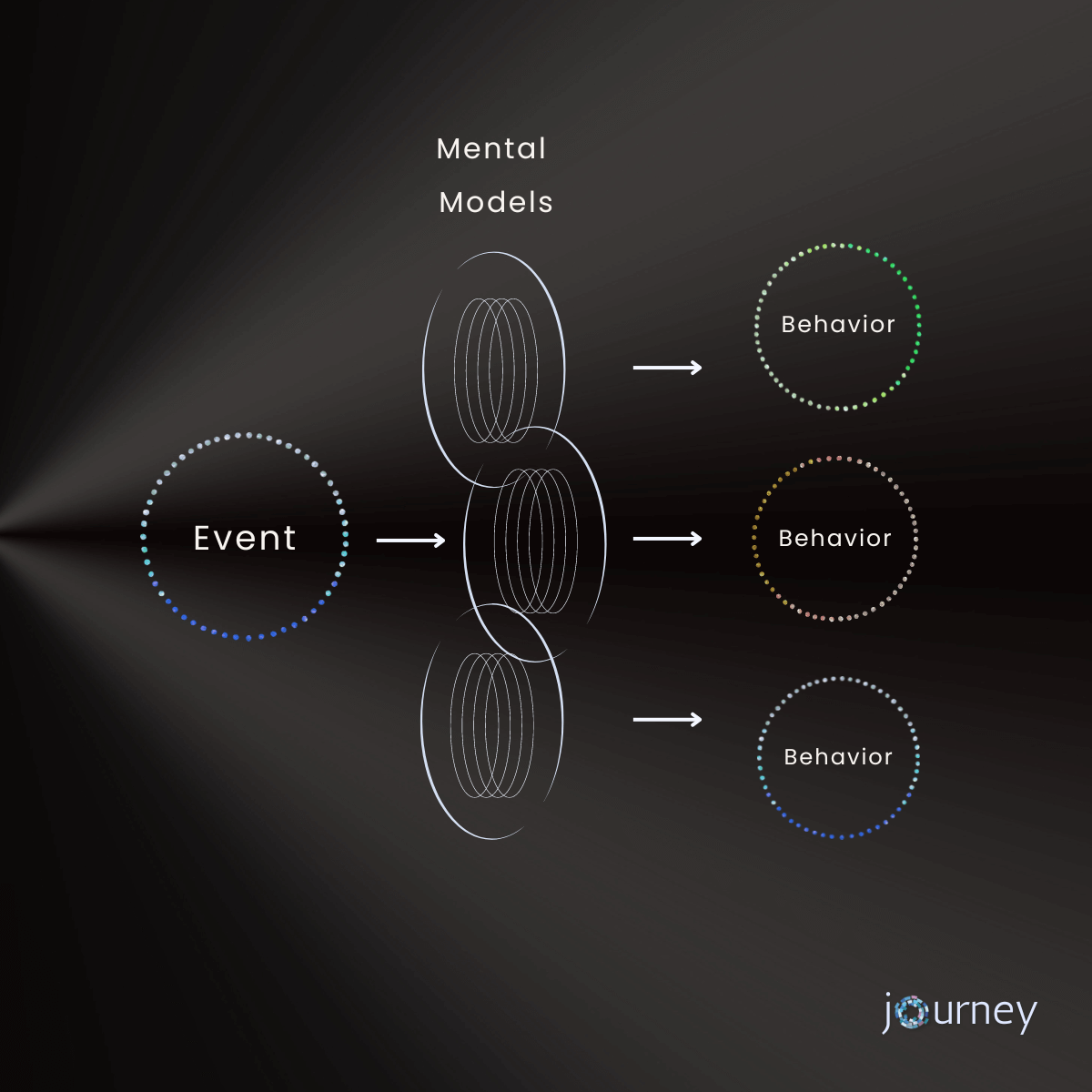Read time: 10 minutes
Key Points
-
Understanding Change: People are often ambivalent about change due to the perceived costs, so forcing change can backfire. Instead, recognizing the stages of readiness for change can help guide interventions more effectively.
- Avoid Confrontation and Passivity: Both confrontation and passivity have low success rates in encouraging change. CRAFT provides a more effective middle ground that fosters intrinsic motivation for change.
-
The CRAFT Method: Community Reinforcement and Family Training (CRAFT) is an evidence-based method derived from addiction research that has been shown to effectively help people embrace change. It includes understanding when a person is open to feedback and using that window to positively influence them.
Navigating Change
How Lessons from Addiction Research Can Improve Your Relationships
In our everyday lives, we often encounter people who, although we might love or deeply respect, might occasionally behave in a way we wish they’d modify. Picture a friend who never seems to delegate tasks at a group event, a partner who reacts defensively to feedback, or a family member whose communication style can sometimes be seen as abrasive.
These minor issues can often be outweighed by the positives that a person brings to our lives, but the question remains: how can we help someone grow and change when they may not yet recognize the issue? We can find an answer in a surprising place: addiction research.
Understanding Addiction and Change
Addiction can be seen as an extreme example of a blind spot, where a person is out of touch with the negative consequences of their behavior. Recent developments in psychological tools for helping people who struggle with addiction can provide us valuable insights on gently pointing others towards areas for potential growth. Today, we will delve into how you can use these strategies to subtly influence change.
Beyond Confrontation and Passivity
When dealing with someone stuck in a blind spot, we often resort to two strategies: confrontation or passivity. However, research has shown that neither of these approaches are super effective. Instead, a more successful approach called Community Reinforcement and Family Training (CRAFT) was developed, which was over twice as effective as either confrontation or passivity.
The Secret of CRAFT
The secret behind CRAFT’s success lies in teaching people why common strategies for encouraging change are counterproductive, and providing a set of evidence-based skills to help people connect with their own desire to change. These skills can be effectively applied not only to addicts, but also in our daily lives, whether it’s at home, in our personal relationships, or at work.
The Skills of Subtle Influence
When we attempt to influence someone’s behavior, we often expect that they’re ready and willing to change. However, this is rarely the case. In the early stages of change, a person feels ambivalent about changing their behavior. They acknowledge the need for change, but are also drawn to the comfort of the status quo, which is why direct confrontation rarely works. Instead, in CRAFT, you’re encouraged to approach others like a stoplight – when their light is “green,” a person is open to feedback. When their light is “red,” feedback is likely to backfire. This is where subtle influence comes in.
Preserve Autonomy
One of the key skills of subtle influence is to preserve autonomy. Feedback can often feel like an attack on one’s independence, causing a person to resist change. To mitigate this, we should strive to always reinforce a person’s autonomy, such as saying, “Ultimately, it’s up to you how you want to approach this.” This can help build trust and encourage the person to be more open to feedback.
Utilize Natural Consequences
Another crucial skill is to help the person connect with the natural consequences of their behavior. By asking open-ended questions, we can help them see how their current behavior doesn’t align with their long-term values, paving the way for durable, internally-motivated change.
Reward Positive Behavior
Rewarding positive behavior is about recognizing and reinforcing deviations from the norm. When your friend who’s always late arrives on time, make sure to acknowledge it. However, to be effective, this praise must be specific, connected directly to their behavior.
Invest in the Relationship
People are most receptive to feedback from those they like and trust. Therefore, a cornerstone of subtle influence is maintaining a strong relationship. This could mean having shared positive experiences, like enjoying a meal together or sharing a good laugh. These interactions can keep the relationship warm and build trust.
Manage Your Own Reaction
Dealing with someone who is engaging in self-destructive behavior can trigger emotional responses that might lead us to act in counterproductive ways. Noticing your emotional reaction when it comes up and owning it as an opportunity for self-learning can help you respond in more effective ways.
Navigating People Problems
The above strategies provide a toolkit for addressing people problems more effectively. They can help foster a culture of intrinsic motivation in your relationships and workplaces, rather than one of coercion and fear.
Behaviors for Actionable Change
1. Practice preserving autonomy: The next time you’re giving feedback, remember to reinforce the person’s autonomy. How does the conversation change?
2. Explore natural consequences: Try asking an open-ended question that prompts someone to consider the effects of their behavior. Note how they respond.
3. Reward positive behavior: Look for an instance of positive behavior and acknowledge it specifically. Does it encourage the behavior to be repeated?
4. Invest in your relationships: Set aside time for shared positive experiences. Observe how this impacts the receptiveness to feedback within the relationship.
5. Manage your own reaction: The next time you notice a strong emotional reaction to someone’s behavior, take a moment to explore what fears or concerns it might be bringing up for you.
Further Resources
If you’re interested in going deeper into CRAFT and the theory behind these interventions, here are a few resources:
- The Invitation to Change Approach—a book on CRAFT written by practitioners at a leading addiction clinic in New York City
- Coaching Athletes to Be Their Best—a book that adapts one of the theories behind CRAFT to performance coaching with athletes.

